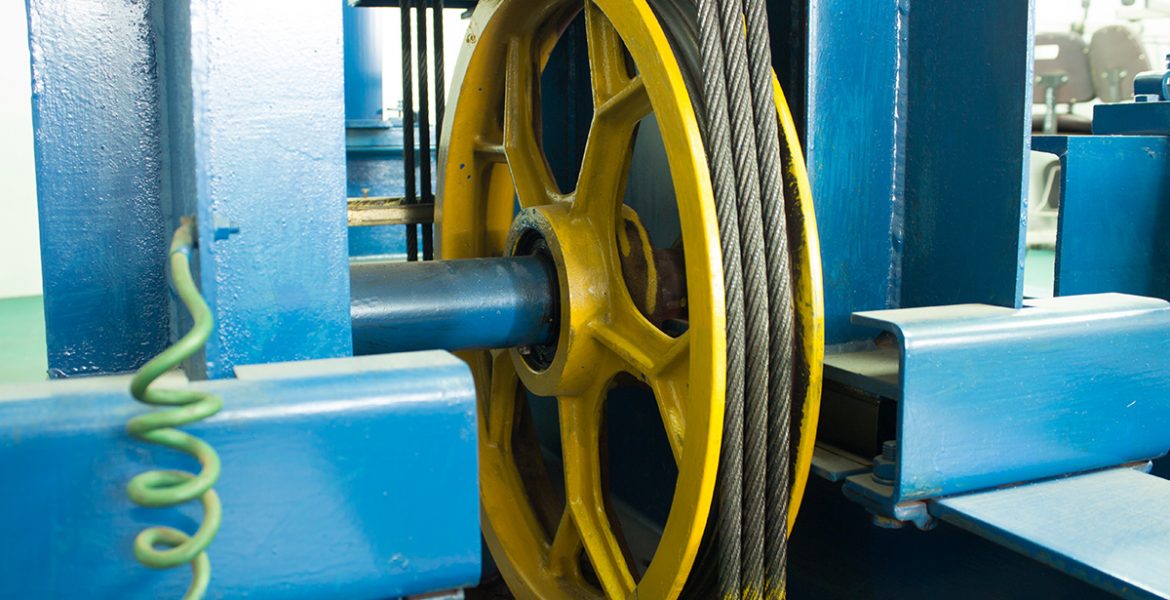Recognizing the Significance of Regular Lift Inspections and Repair Works
Routine lift inspections and prompt fixings play a pivotal function in supporting safety and security requirements, sticking to policies, and guarding the well-being of residents. As we dive into the multifaceted advantages of prioritizing lift inspections and repair work, a more clear understanding of their impact on structure operations and occupant safety and security arises.
Safety Compliance and Laws
Abiding by safety and security compliance guidelines is vital in ensuring the correct performance and upkeep of lifts. Security conformity regulations are put in area to safeguard not just the individuals of the lifts yet also upkeep employees and others that may be available in call with the equipment. These guidelines describe details guidelines and criteria that have to be complied with to lessen the threat of crashes, injuries, and tools breakdowns.
By sticking to safety conformity regulations, lift proprietors and drivers show their commitment to creating a risk-free atmosphere for all people who connect with the devices. Normal assessments and upkeep checks are vital elements of preserving compliance with these guidelines. These checks assist identify any type of potential problems or threats that can endanger the security and functionality of the lifts.
Moreover, remaining updated with safety compliance regulations is crucial as these requirements are occasionally upgraded to reflect advancements in innovation and best practices in the market. Failing to adhere to these laws can cause fines, charges, and, most notably, endangered safety and security for lift individuals. It is necessary for lift owners and operators to prioritize safety and security compliance and ensure that their lifts fulfill all essential regulatory needs.
Stopping Expensive Breakdowns
To ensure the durability and efficiency of lift operations, aggressive measures must be taken to avoid expensive break downs. By conducting routine inspections, service technicians can identify worn-out components, lubrication deficiencies, or irregularities in the lift's performance that could lead to breakdowns if left unaddressed.
Purchasing positive upkeep not only minimizes the threat of expensive break downs however also prolongs the life-span of the lift equipment. Preventative actions such as replacing damaged parts, dealing with small fixings promptly, and making certain correct positioning and calibration can assist in preventing abrupt breakdowns that might result in downtime and expensive fixings. By remaining in advance of potential issues via normal assessments and prompt repair services, lift proprietors can save money in the future and keep undisturbed operations.
Enhancing Occupant Experience

Improving Efficiency and Integrity

Integrity is one more key factor in lift efficiency. A reputable lift system infuses confidence in occupants, guaranteeing they can move between floorings safely and without disturbance. Regular evaluations, proactive repairs, and adherence to maintenance schedules are essential in preserving the integrity of lift systems. Applying modern technologies like anticipating upkeep can additionally aid in determining prospective issues prior to they intensify, consequently boosting the general reliability of the lift system.
Building Management Advantages
Enhancing efficiency and reliability via normal lift upkeep and evaluations returns considerable benefits for building monitoring. By focusing on lift maintenance, structure supervisors can make sure smooth operations, boost lessee complete satisfaction, and prolong the life expectancy of the lift you can try these out system.
Furthermore, well-maintained lifts reflect positively on the building's picture, showcasing a commitment to security and quality service - lift engineer course. This can be specifically beneficial for commercial structures, hotels, and residential complicateds seeking to attract and preserve occupants. Furthermore, abiding with upkeep guidelines and requirements makes certain legal adherence, reducing prospective responsibilities for the building management
Conclusion
In final thought, normal lift maintenances are necessary for making sure security compliance, preventing costly break downs, improving passenger experience, improving performance, and dependability. Building management additionally profits from these practices by preserving a safe and efficient lift system. It is vital for structure owners and managers to prioritize regular maintenance to ensure the smooth operation of lifts and the security of passengers.
Normal lift examinations and timely fixings play a critical role in supporting safety and security requirements, adhering to laws, and guarding the wellness of residents. It is crucial for lift owners and operators to focus on safety conformity and make sure that their lifts meet all needed regulative demands.
By focusing on lift upkeep, building managers can ensure smooth procedures, boost lessee satisfaction, and prolong the life-span of the lift system.In verdict, regular lift inspections and fixings are crucial for making sure security conformity, preventing expensive failures, boosting passenger experience, enhancing efficiency, and reliability. It is critical for building proprietors and managers to focus on regular upkeep to guarantee the smooth operation of lifts and the safety of passengers.